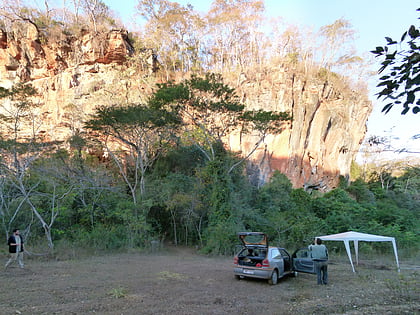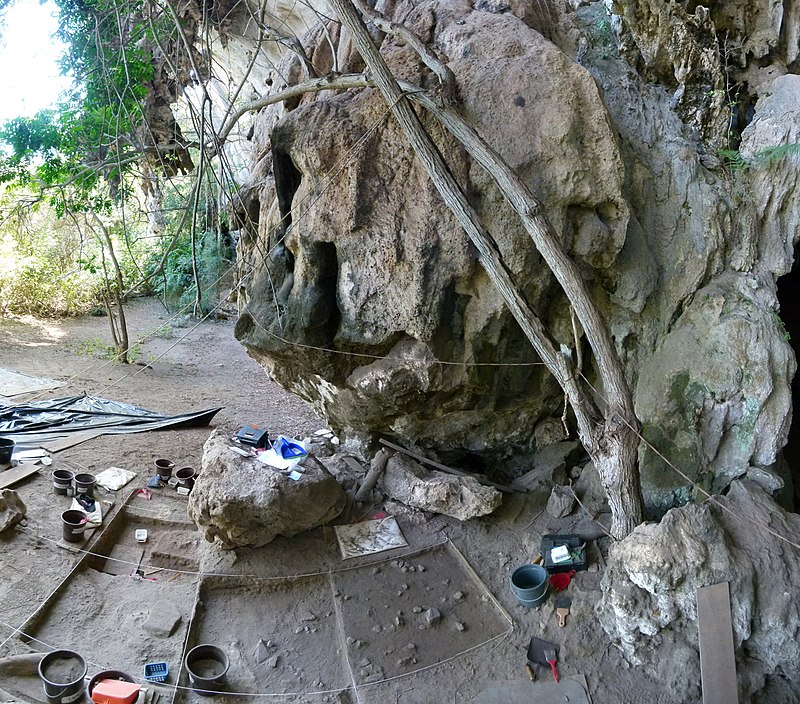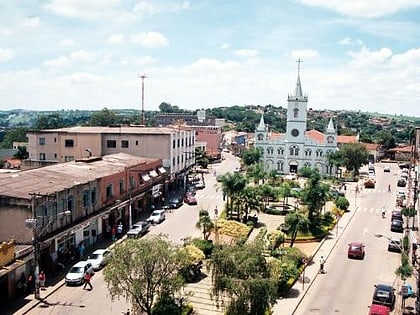Lapa do Santo, Carste de Lagoa Santa Environmental Protection Area

Facts and practical information
Lapa do Santo is an archaeological site located in the northern part of the Lagoa Santa karst, in the state of Minas Gerais in east-central Brazil. It documents human presence since ca. 12000 years ago presenting three discrete occupation phases that correspond to the early, middle and late Holocene. Llithic technology, zooarchaeology, and multi-isotopic analyses indicate groups of hunter gathers with low mobility and a subsistence strategy focused on gathering plant foods and hunting small and mid-sized mammals. The use of Lapa do Santo as an interment ground started between 10.3-10.6 cal kyBP with primary burials. Between 9.4-9.6 cal kyBP central elements in the treatment of the dead were tooth removal, mutilation, defleshing, exposure to fire and possibly cannibalism, all to reduce the body ahead of reburial of the remains while adhering to strict rules. In the absence of monumental architecture or grave goods, these groups were using parts of fresh corpses to elaborate their rituals. As part of this funerary agenda Lapa do Santo presents the oldest case in the New World of decapitation. Another type of burial included pits filled with separated bones of a single individuals presenting abundant evidence of perimortem fracturing. Lapa do Santo also presents a rare instance of securely dated rock art: an early Holocene low relief anthropomorphic figure depicting a phallus. ()
Carste de Lagoa Santa Environmental Protection Area
Lapa do Santo – popular in the area (distance from the attraction)
Nearby attractions include: Sumidouro State Park, Matozinhos.









